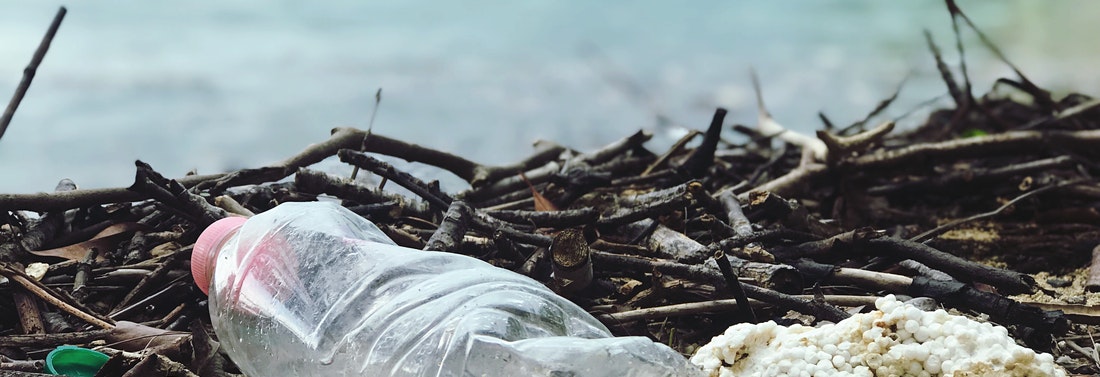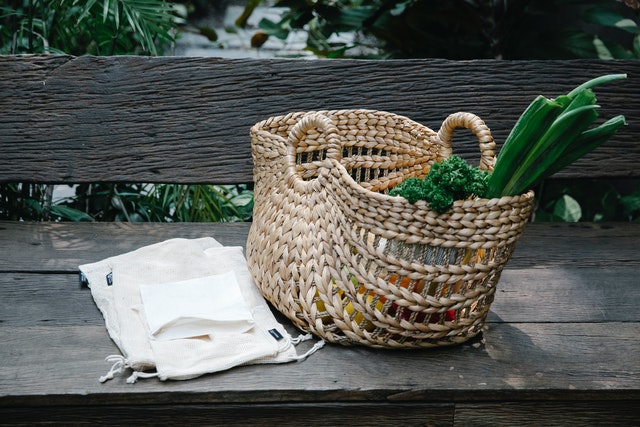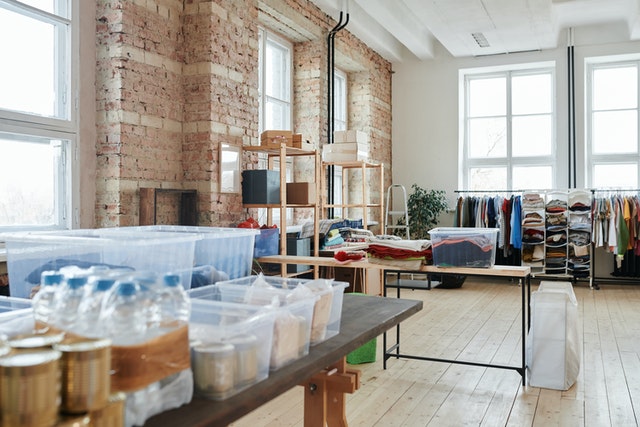Built to Last: How to Cut Out Single-Use Purchases
Many people buy single-use items because they’re convenient. However, products that are cheap and fast to produce often have a high long-term cost. Many plastics disrupt ecosystems, harm wildlife and endanger human health. Reaching for these items is easy, but dealing with their consequences is difficult.
You can be part of positive change by choosing quality over quantity and cutting single-use purchases out of your life. Although that may sound overwhelming, every small step you take is a victory. Here’s how you can ditch the cheap stuff and invest in items that are built to last.
Why Avoid Single-Use Plastic?
Most, if not all, single-use items negatively impact the environment. Plastic is a particularly big issue when it comes to single-use production, however. For example, plastic bottles and caps are among the most commonly found objects littering beaches.
Here are a few other things that harm the environment:
- Tampon applicators
- Plastic cutlery
- Styrofoam takeout containers
- Straws
- Balloons
Over time, large pieces of plastic break down into tiny pieces known as microplastics. Some studies suggest they are harmful to marine animals’ reproductive systems and may even change their genetic material. Large portions of plastic can leach chemicals into fresh water and are often mistakenly eaten by fish.
Many scientists are also concerned about the effects of plastic on human health. Some types are treated with chemicals linked to hormone disruption, infertility and neurodevelopment problems. The impact of microplastics on humans is not yet known, but scientists have found these bits of plastic in organs throughout the human body.
Plastic has been around for less than 100 years, so its full impact is yet to be discovered. People have produced about 8,300 million metric tons of plastic since the 1950s. According to a study published in Science Advances, only 9% of that has been recycled. About 79% has been buried in the ground or floated out to sea.
Assess Your Purchases
Cutting plastics and other single-use items from your life will benefit the planet and protect your health. The first step to changing your habits is realizing how many products you use daily. Keep a list for a day, then a week and finally a month to see what plastic items you’re using for everyday tasks. Here are some common things to get you started.
- Single-use coffee cups
- Some chewing gum
- Individually wrapped snacks
- Cling wrap
- Plastic grocery bags
You need to think about an item’s final destination to live sustainably. You may use some single-use or cheaply-made products for a long time, but they still won’t be able to break down at the end of their life. For example, cheap furniture is often built with plastic. Synthetic fabrics like polyester and nylon send microplastics into the water supply with every wash.
Try to determine which plastic items you frequently encounter versus things you might only purchase once. Cutting out single-use items is the most effective way to positively impact the environment and reduce your personal consumption. You can do even more by investing in high-quality clothing, furniture and plastic-free building materials.
Invest in Eco-Friendly Alternatives
Single-use plastics stick around for hundreds of years and never fully decompose. By contrast, natural and recyclable materials like wood, wool, cotton and metal alloys break down over time. They don’t poison the natural environment or harm wildlife during decomposition.
Start small with the things you use every day. Replace your list of personal single-use purchases with long-lasting natural materials. For example, pack a stainless steel spork or bamboo cutlery so you don’t need plastic silverware. Invest in a glass or stainless steel water bottle and bring your own coffee cup. Think About using menstrual cups or reusable period underwear instead of tampons and pads
Then, escalate to the larger purchases when you’re more settled and able to invest in sustainable options. When decorating your home, choose natural materials that will last a long time and break down naturally. An estimated 9.8 million tons of furniture ends up in landfills each year, partially due to cheaply made pieces meant to break down early.
The initial cost for these items may be higher, but you’ll save money over the long run. You’ll also be cultivating a stewardship mindset, shifting away from following trends to creating a more sustainable lifestyle.
Finally, you can always find budget-friendly ways to increase a product’s lifespan. Secondhand shopping is a great way to give plastic fabrics and furniture a longer life. You’re not directly compensating the companies creating these goods, but you are keeping them out of the dump and natural environment for longer.
Investing in Products That Are Built to Last
Single-use purchases are easy to reach for because they’re convenient and don’t require a long-term commitment. However, they can negatively impact the natural environment and human health for centuries. Planning enables you to make choices that will lead to a better future.
Follow these steps to assess the single-use items you’re most often tempted to buy. Start with the most common and find eco-friendly replacements. You can eliminate single-use plastic from your life one step at a time and make a positive difference for the health of humanity and the planet.
Author Bio: Evelyn Long is a writer and the editor-in-chief of Renovated. Her work focuses on green building and sustainability initiatives.





